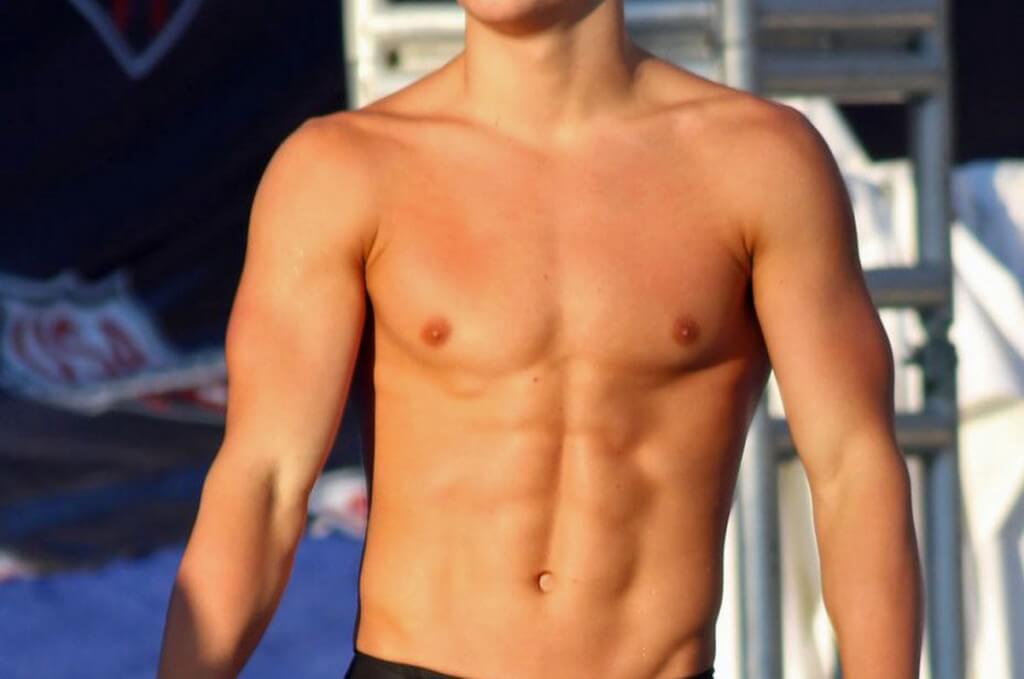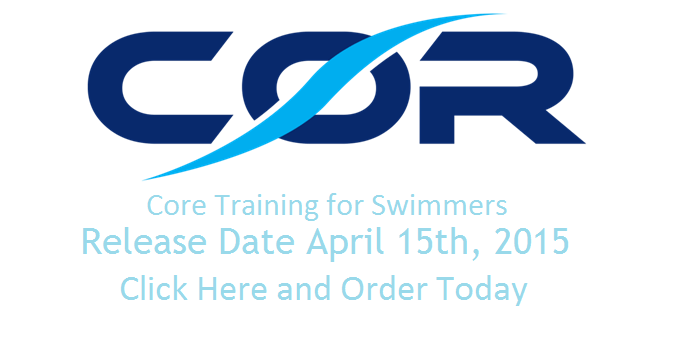3 Core Training Mistakes That Swimmers Make

By Dr. G. John Mullen
Core strength is an all-encompassing term. Many consider core strength as pure abdominal strength, while others consider core strength as a whole-body kinetic system. Nonetheless, every swimmer (except for maybe the zealot USRPT crew) perform copious crunches and core exercises. Unfortunately, most swimming core training is monotonous, repetitive movements, which don’t translate to the pool. For a better swimming core training program, the swimming community must improve their knowledge base on the muscles at and around the core. Personally, whether I’m working with a college swimmer in a personal training session, a high school swimmer with low-back pain, or the group of 10-year-olds during our kids athletic development program, I’m systematically performing swimming core training at my gym COR. Look at this list of muscles:
[table “” not found /]
Despite the constant chatter around swimming core training, how many in the swimming community actually know all these muscles and their functions? I’ll admit that you don’t need to memorize this list to be able to develop core strength or train the core musculature. Also, isolating all these muscles isn’t ideal for core training either. Nonetheless, typical swimming core training is outdated and it is not optimizing performance or preserving health. Michael Phelps’ trainer Keenan Robinson and swimming strength coach Tad Sayce have both discussed issues with swimming core training in the past. Despite their best efforts, the same swimming core training problems exist!
Here are 3 swimming core training mistakes I see on swim teams:
- One Plane, one contraction: If you are not familiar with the planes of motion or different types of muscular contraction, check out Swimming Science’s Glossary page. Too often swim teams only strengthen the front of their core. Think about it: planks, sit-ups, leg lifts, flutter kicks, etc. These are the exercises many swimmers do for hours, but the core is a diverse group of muscles (see above) and for our sport, strength in every plane of motion is mandatory. On top of this, some teams only do planks, hoping on the anti-flexion movement. While not flexing the spine can reduce volume, the core must safely flex the spine, as well as stabilize the body as the arms and legs create force.
- Too much volume: Although storied athletes have done millions of sit-ups with much success, we can’t confuse correlation with causation. Often, excessive volume results in overuse and improper form, which is a waste of time and risk of injury. Instead, lowering the volume and trying to maximize a core contraction creates more power, while being safer. As in swimming, the core shouldn’t be trained for just endurance! Mix up the intensity and provide core training of varying volume. Many teams neglect low-volume, high-intensity core training, which neglects our type II muscle fiber development.
- Poor integration: The core muscles contract during every motion. Simply raising the arm overhead contracts the core, yet few think about developing strength for the core. During dryland, simply think about the core contraction and creating a stable core during strength training for enhanced core training. As stated, isolated training isn’t the answer (as least for everyone), so work on strengthening the core during full-body movements.
Once again, swimming core training is an important aspect for improving coordination, increasing force production, and preventing injuries. Please don’t continue using core training methods from the 70’s and avoid these three swimming core training mistakes today.
If you are looking for more information on swimming core training, purchase swimming core training! This complete system contains many core exercise videos, lectures, and training programs for maximizing your core strength. It also contains a testing system, helping track improvement and determines if you do have elite swimming core strength!





Wow. So eye opening. Sepideh Rajaeirad
Nice. Points out the copy cat training approach verses understanding the purpose of a drill. The body is so complex and why it is multifunctional. What we do today in the gym is better than what we did in the 60/70s, though I really believe that water polo was a great supplemental swim training, even when better land training would have improved my areas of weakness.
Caio Felipe Antonio Coutinho PorfirioCoutinho Assessoria
Russell Nickey
Raphael Marcoux Philippe Marcoux
Jeff Chen
Lacey Lorraine Radloff
I have a pretty good core. I am in both masters swimming and Brazilian jiu-jitsu. BJJ works on my core really well since grappling requires so much use of the core. I can now keep up with 500 m+ butterfly comfortably. Great article!
Haytham Roshdy
Thanks U Marwa Ahmed
♡♡